
Partner
Head of Energy & Infrastructure | Head of Projects, Infrastructure & Construction | Real Estate
This website will offer limited functionality in this browser. We only support the recent versions of major browsers like Chrome, Firefox, Safari, and Edge.

By Giles Tidy, Becca Willis, Tom Humphries
30 Nov 2023 | 3 minute read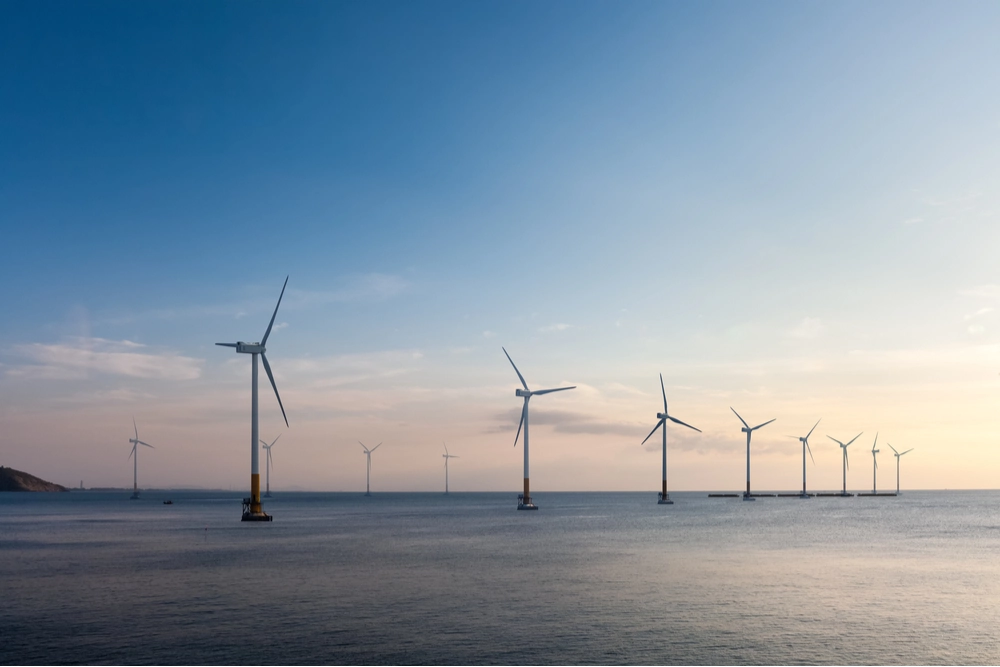
One of the biggest issues facing all renewable, not just solar, energy projects is getting connected to the grid. The Financial Times reported earlier this year that some developers were looking at 13 year waits to get their projects connected. In May, OFGEM wrote an open letter to renewables developers about the potential future reforms to the process of getting connected to the grid and welcomed feedback from key stakeholders.
One of the key issues with grid connections, which a representative from OFGEM highlighted during a panel discussion at Solar and Storage Live, is the process of getting developers out of the connections queue when their projects have stalled or failed. A report commissioned by Centrica found that of the 371GW of projects that made up the queue to get connection, around 62GW of these are 'phantom projects', most of which were still in the scoping phase, lacked land rights and in some instances, had not even submitted an application for planning consent. The OFGEM representative emphasised the need for projects that are not progressing to be removed quickly, and that a new policy is being created to do exactly this. As of writing, CMP376 has now been accepted and queue management in the transmission network will now begin, find out more in our recent article.
A representative from the Energy Network Association also pointed out that management was a key step to reforming the process. At the distribution level, it is crucial to make key milestones transparent and encourage open communication between the parties. When a project becomes non-viable, it must be removed from the queue swiftly and another project moved up. This allows projects which are ready to obtain grid connection faster and reduce the notoriously long delays.
The representatives at the panel did agree that a general standardisation across the distribution network providers to create a more transparent process is necessary to increase efficiency and speed. Further, this harmonisation may help to repair public confidence in the UK's ability to deliver large scale projects after the cancellation of HS2 sparked widespread uncertainty for the future.
Despite government walk backs on key green polices, Prime Minister Rishi Sunak did acknowledge that the current process needed reform. This brings some hope to the industry and incentivises developers to further invest in the UK. If their projects can get connected more quickly, investments can be realised sooner.
The National Grid has recently addressed the issue by accelerating up to 20GW of connections across transmission and distribution networks. This is welcome news for the industry. Across the network (transmission and distribution), this includes 19 BESS projects worth up to 10GW and a further 10GW of 'shovel ready' projects. Both are being moved up by four and five years respectively. The release onto the grid of 20GW of connections comes from collaboration by OFGEM, the government and others in the industry.
By releasing a further 20GWs onto the grid, the National Grid have provided a boost to the market, in that companies that have multiple projects ready to be connected, but are waiting, can see a return on their investment sooner. OFGEM, as recently as 13 November, announced that they are going to take a tougher stance on 'zombie projects' in an attempt to cut waiting and connection times down. This should hopefully free up to 400GWs of projects currently waiting to connect to the grid.
If you would like more information on the above or perhaps a project or development that you are involved with, our EPIC team would be happy to set up a meeting and discuss how we might be able to help.

Partner
Head of Energy & Infrastructure | Head of Projects, Infrastructure & Construction | Real Estate
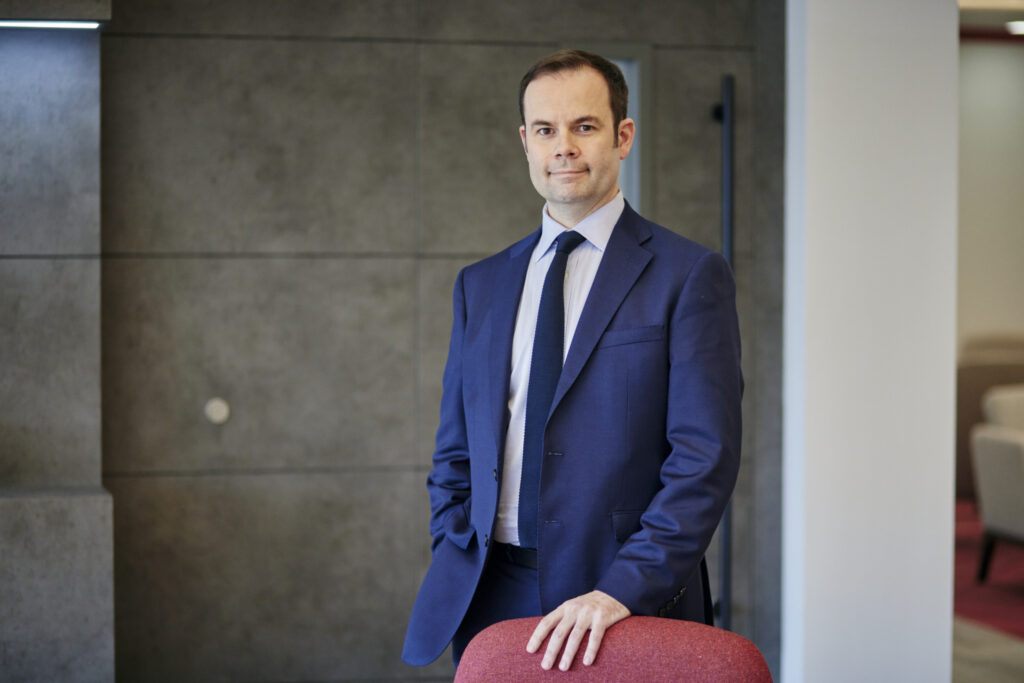
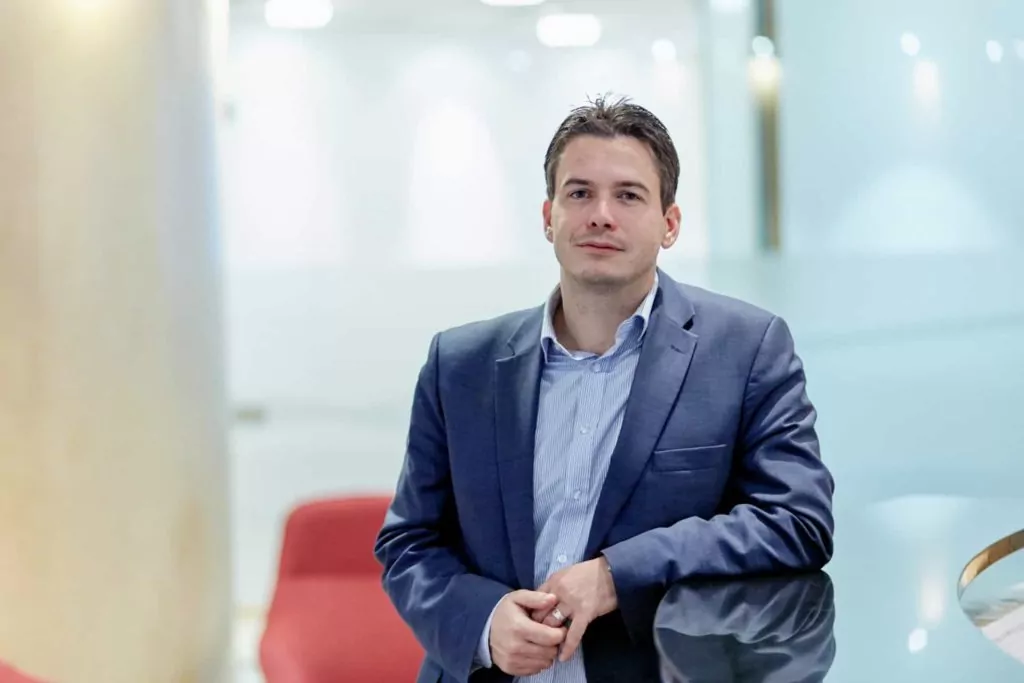
Partner
Projects, Infrastructure & Construction | Dispute Resolution | Energy & Infrastructure
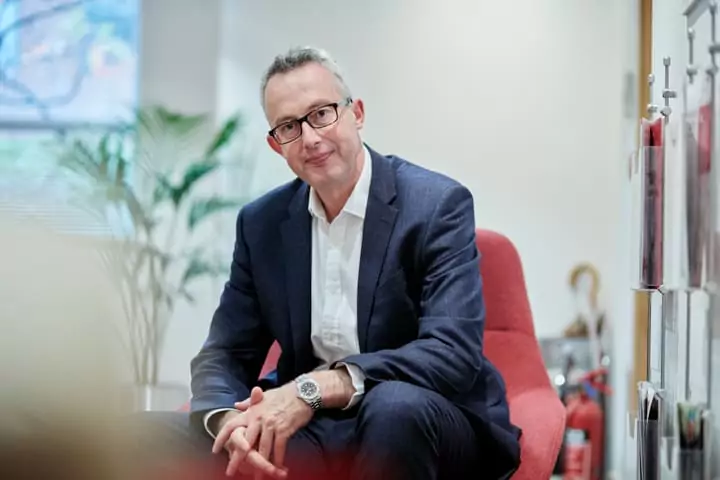

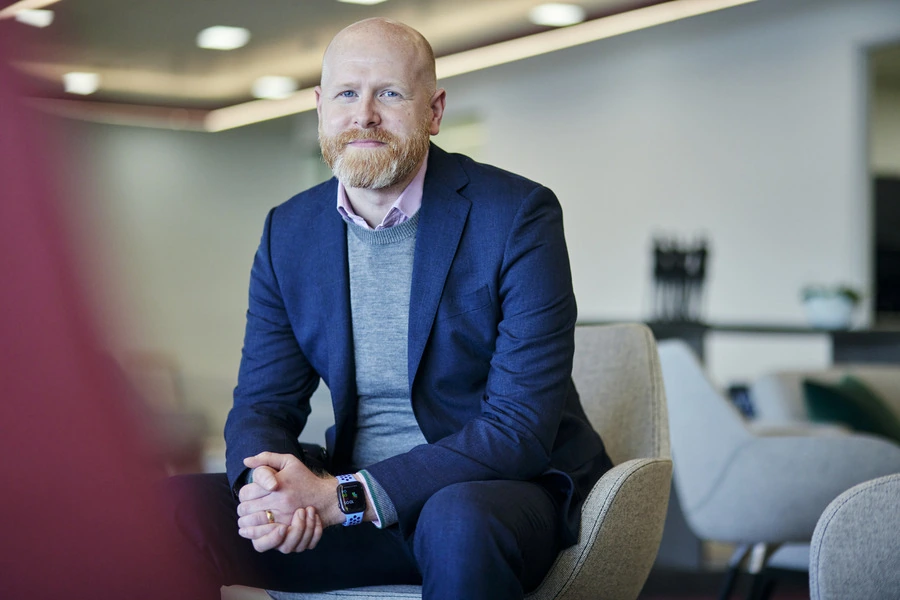
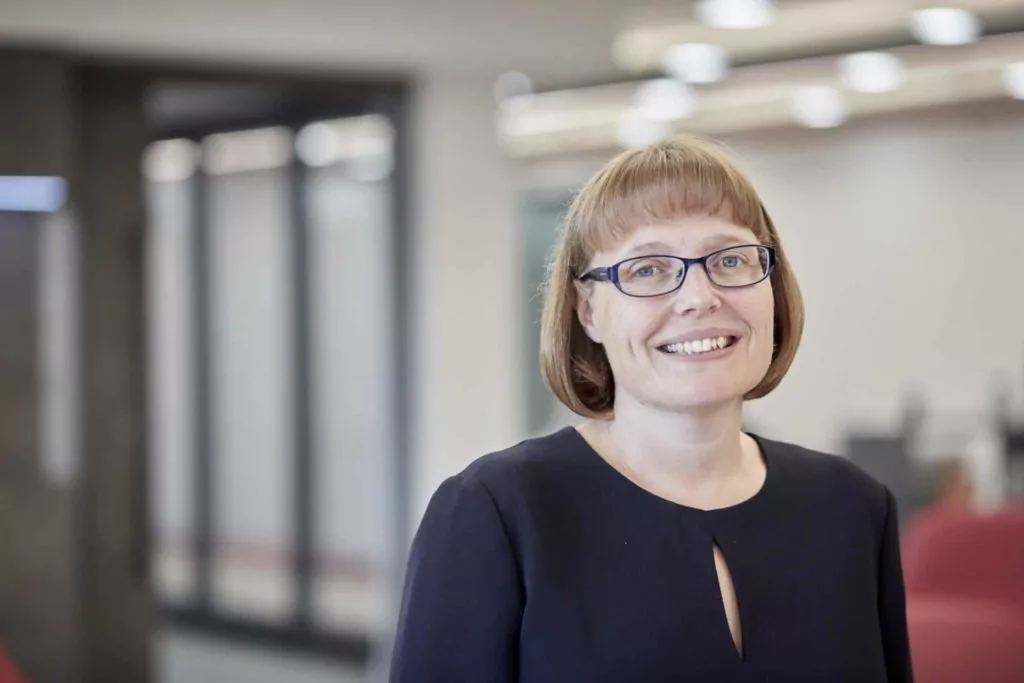
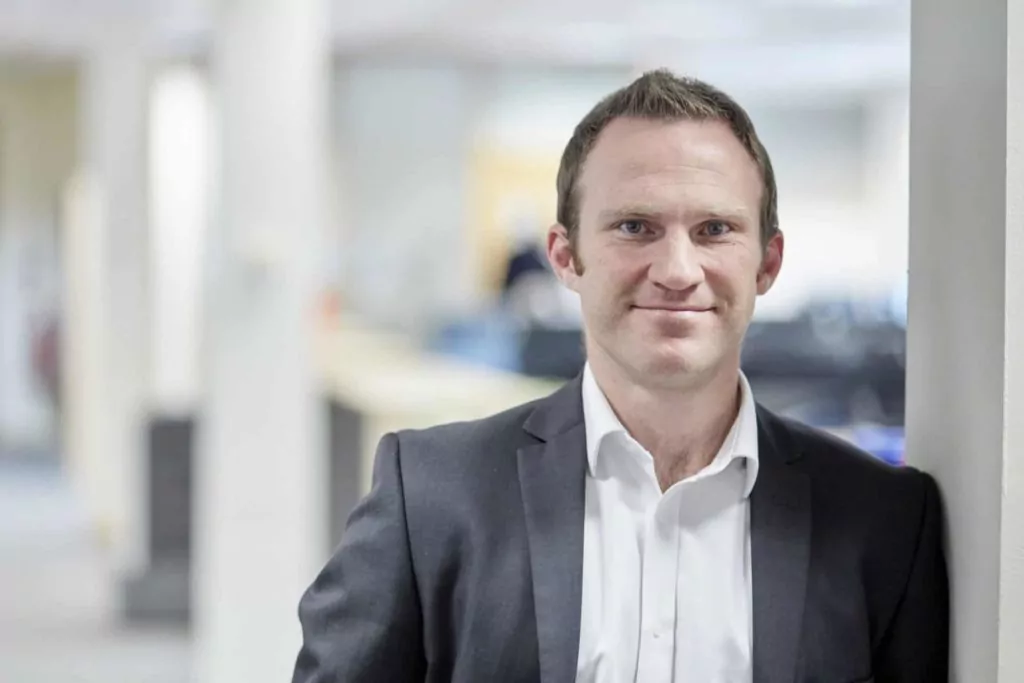

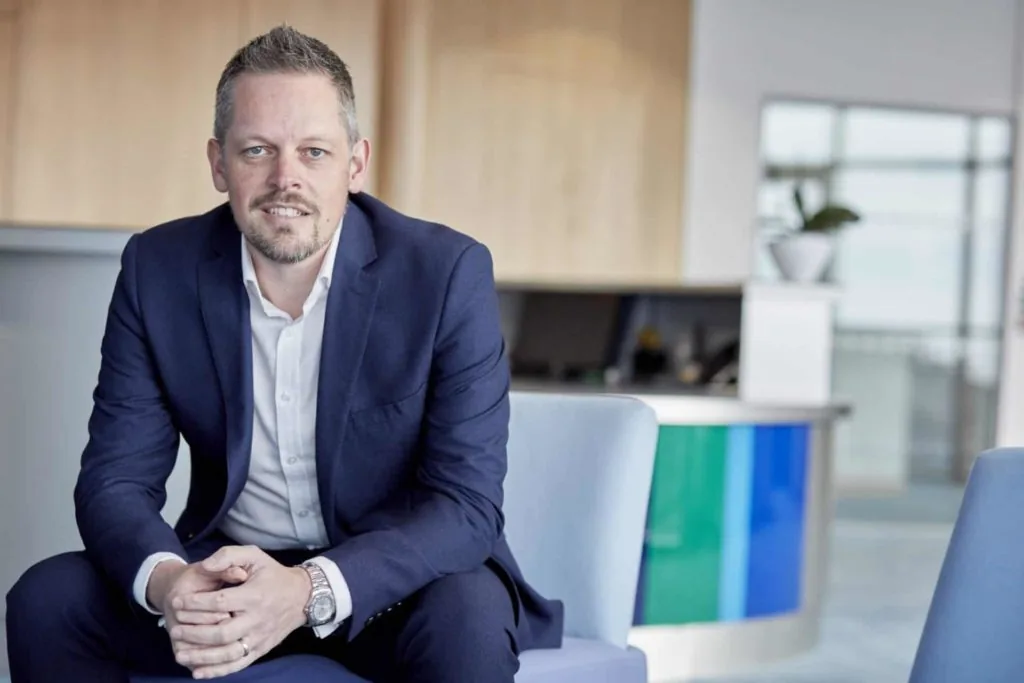


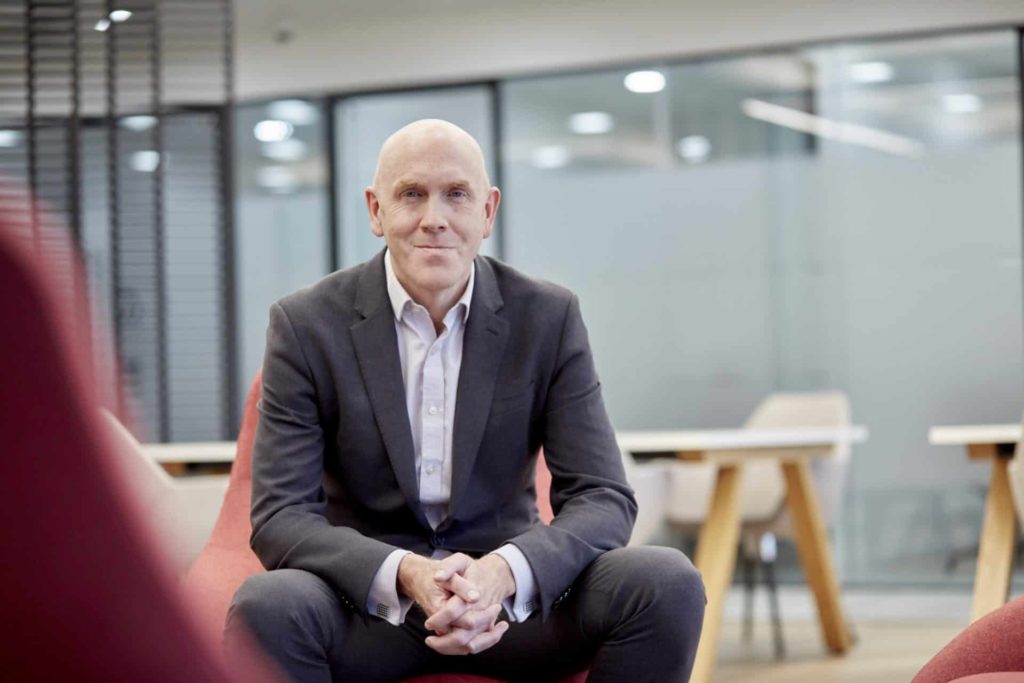



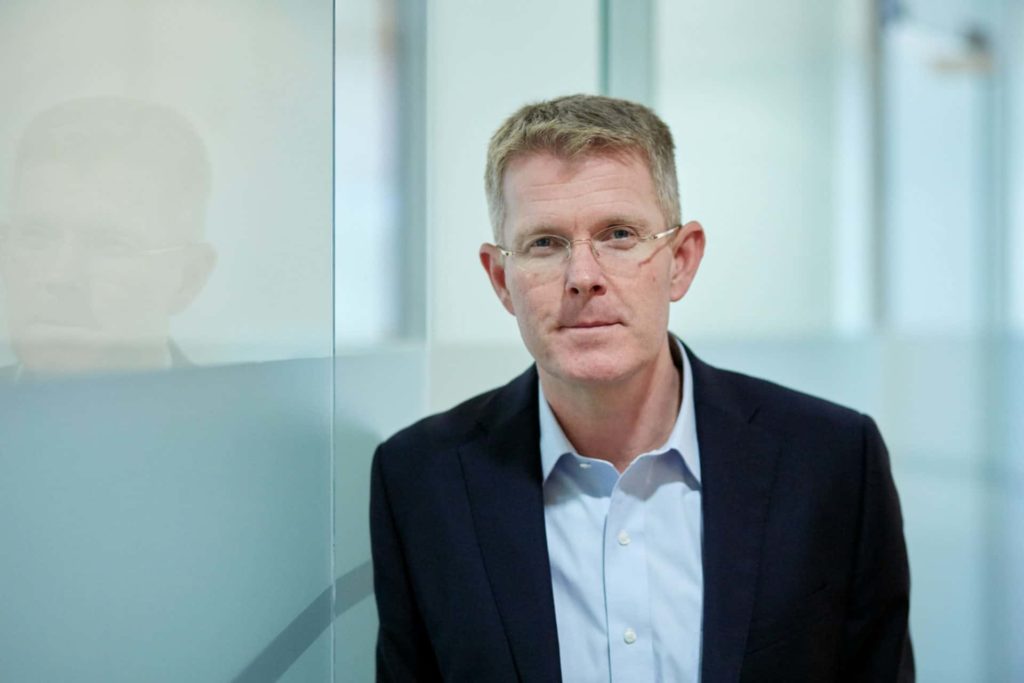
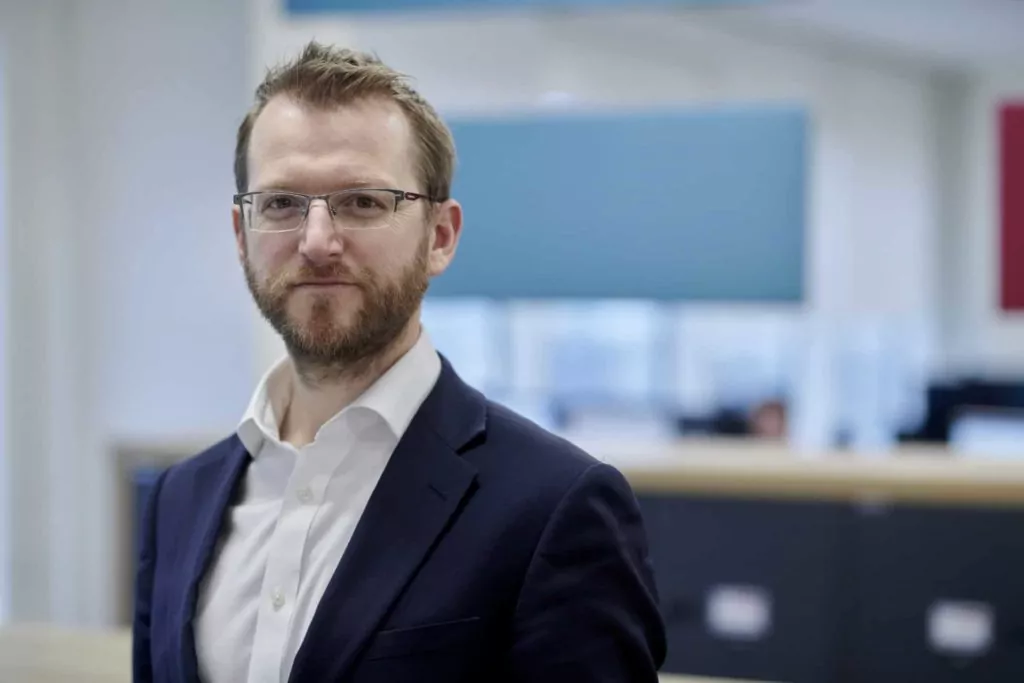




Legal Director
Projects, Infrastructure & Construction | Real Estate | Energy & Infrastructure
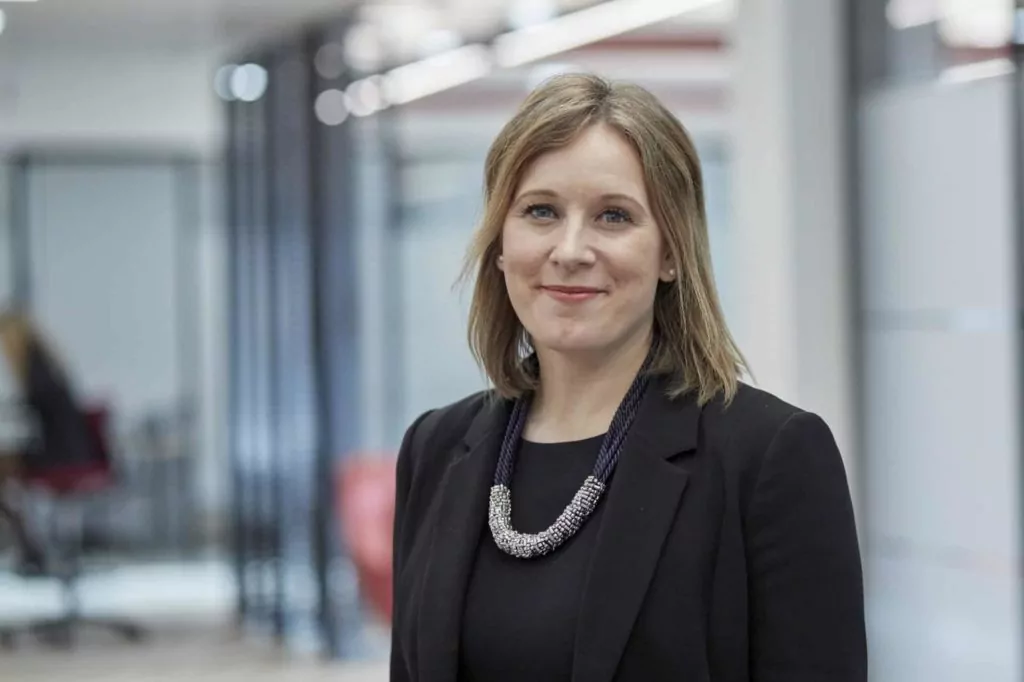
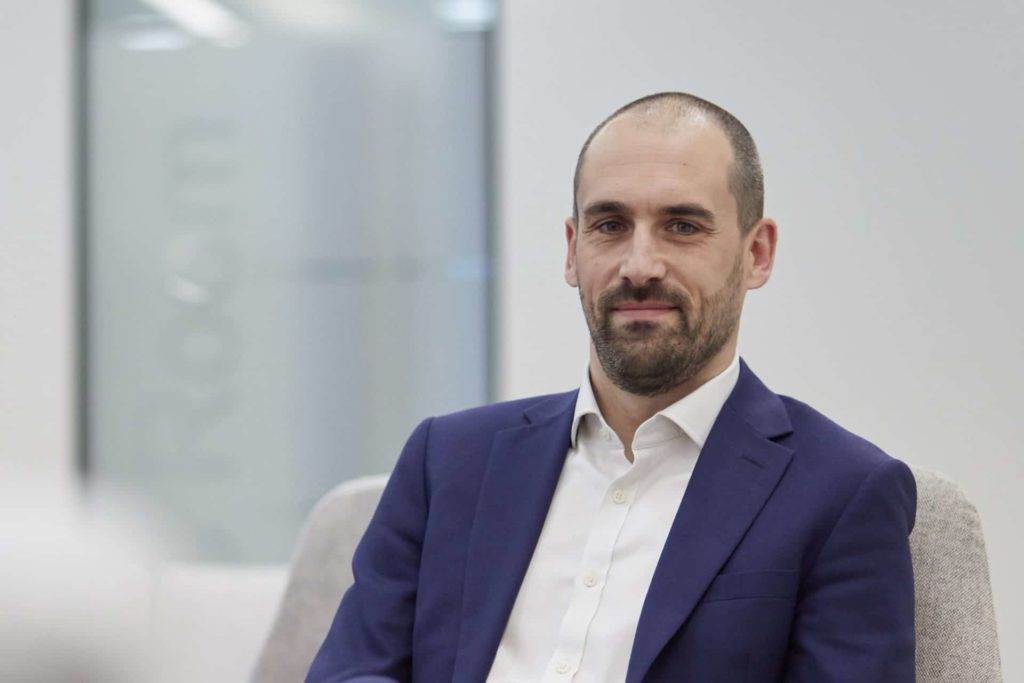


Managing Associate
Development Projects | Energy & Infrastructure | Projects, Infrastructure & Construction


Managing Associate
Energy & Infrastructure | Projects, Infrastructure & Construction | Real Estate



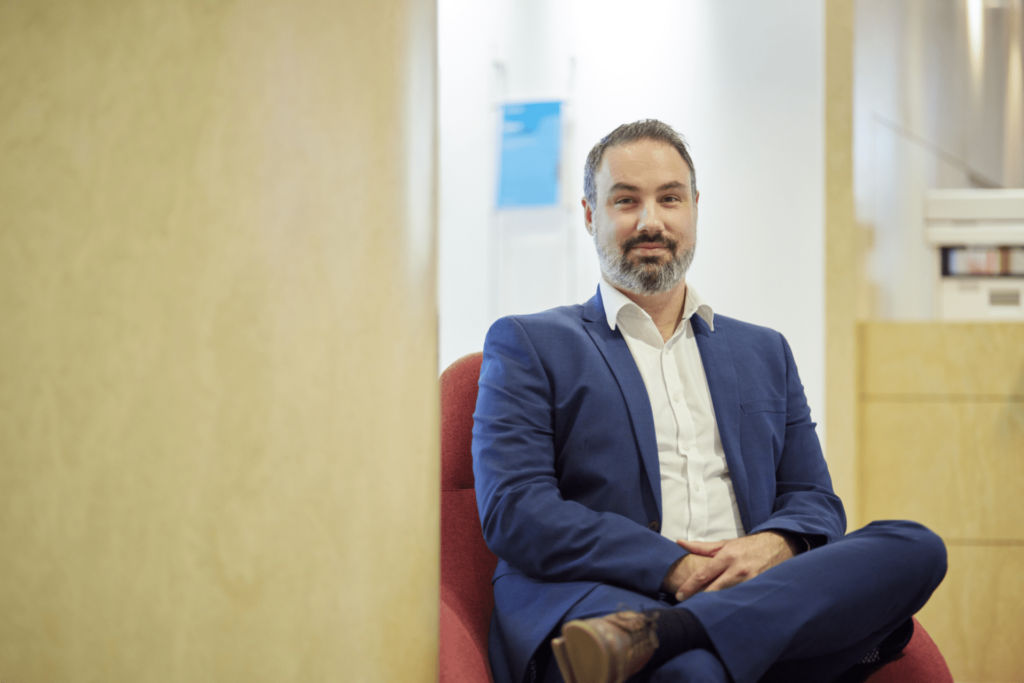
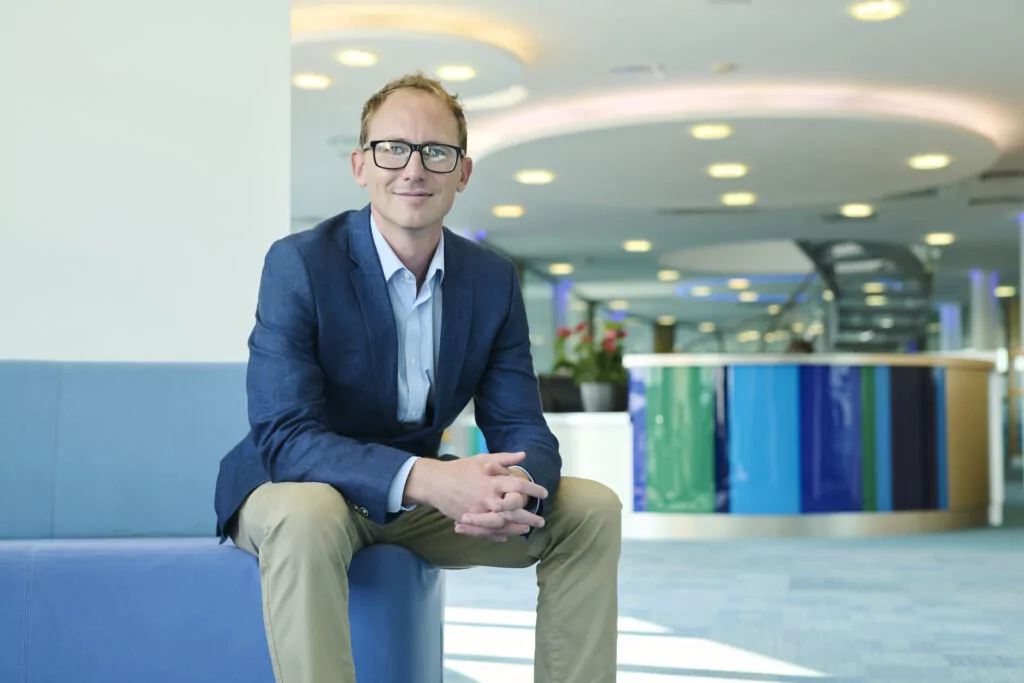












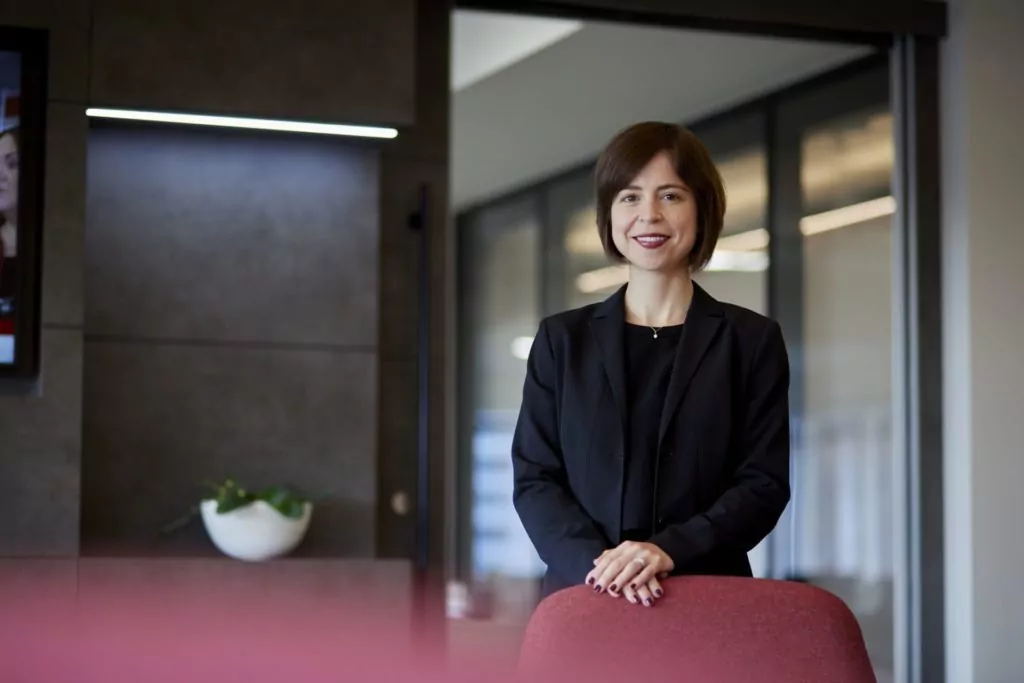


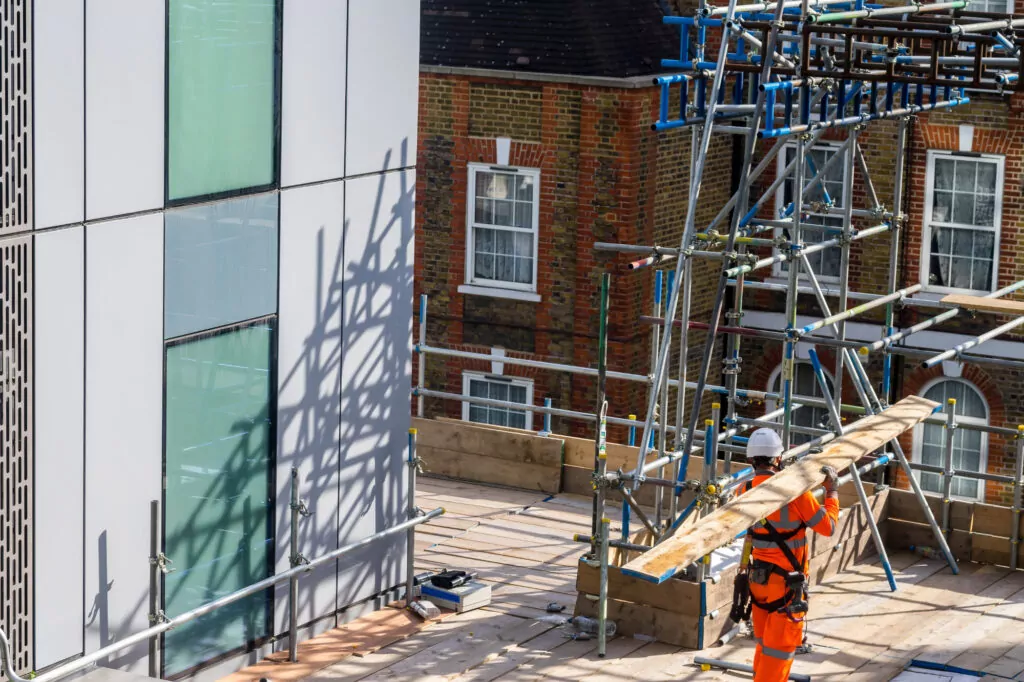
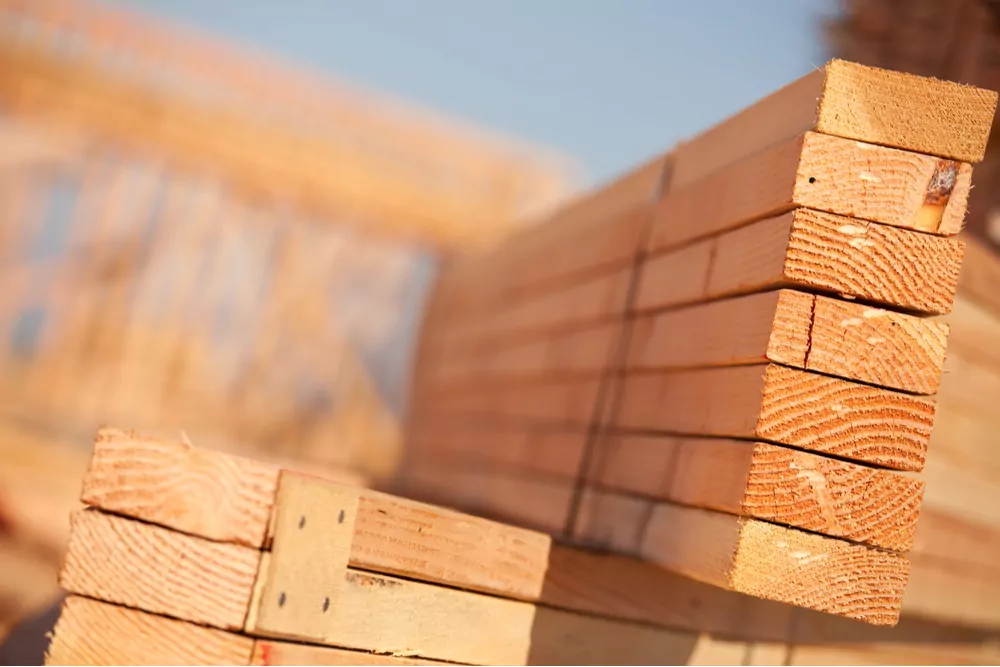
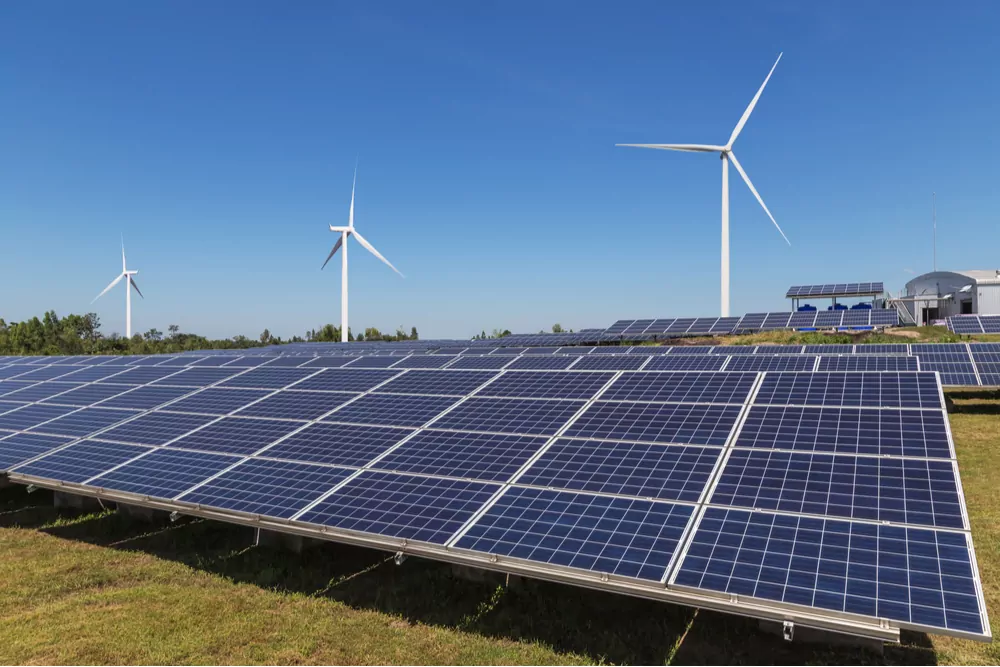
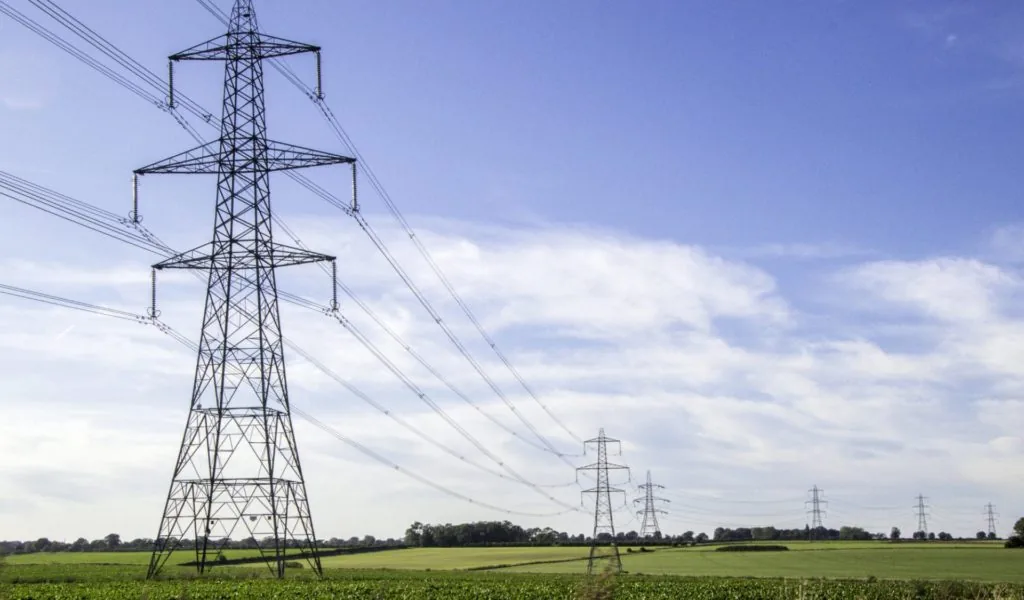
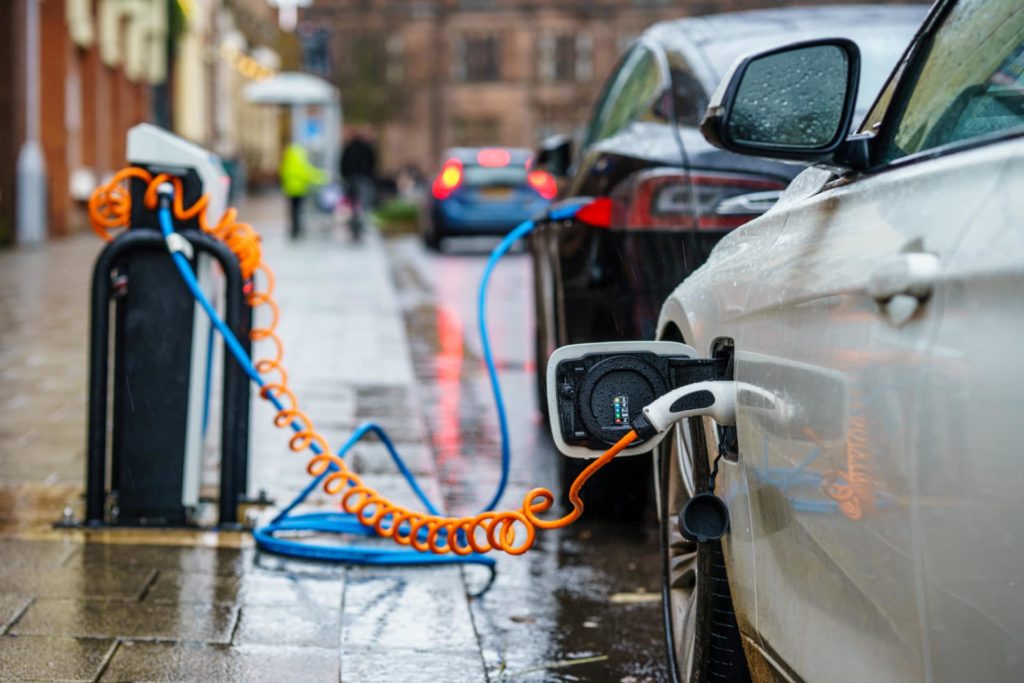
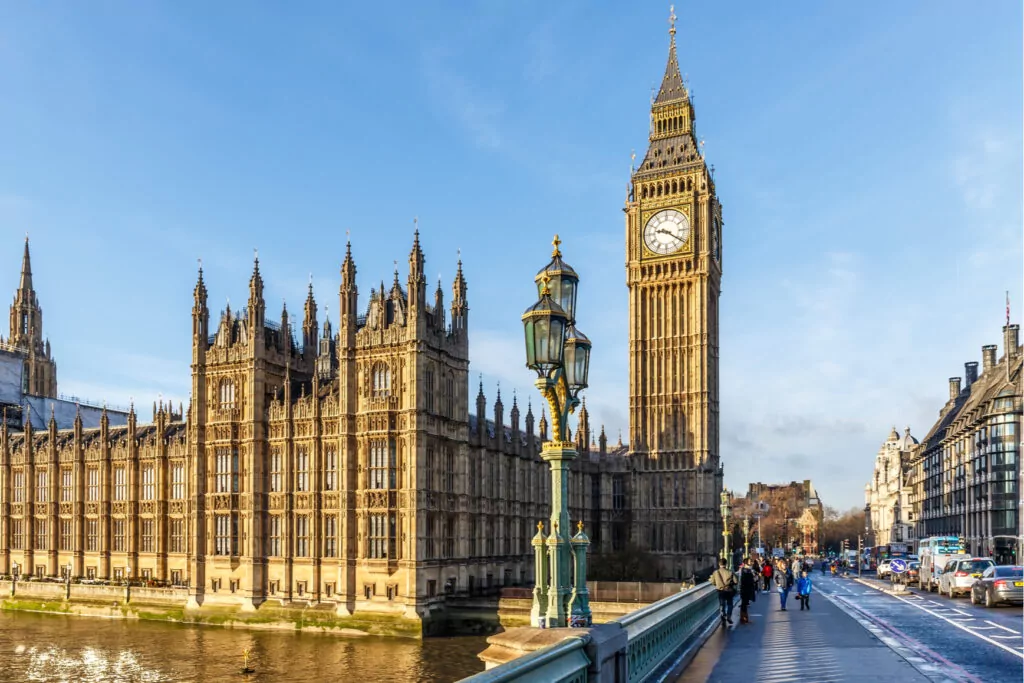
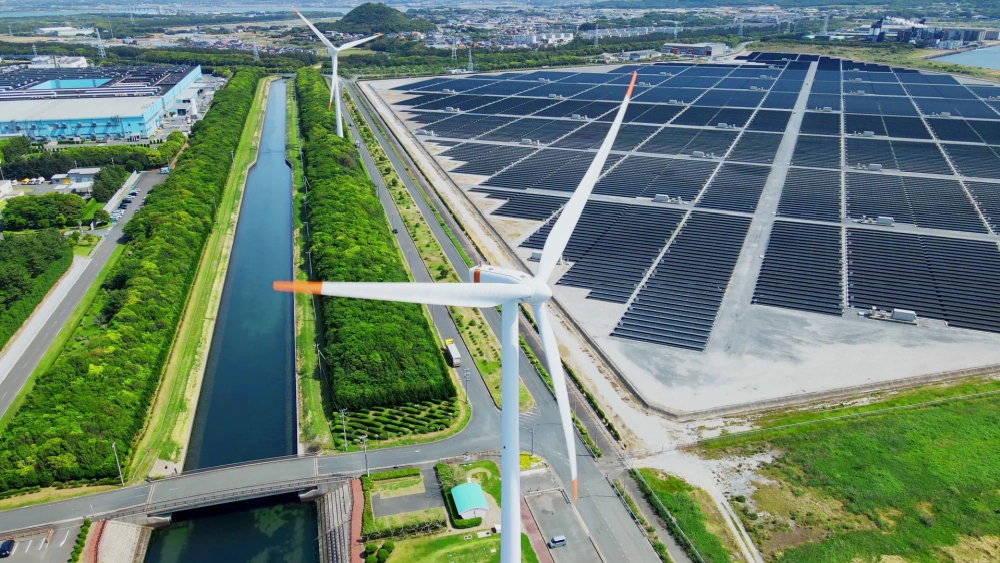
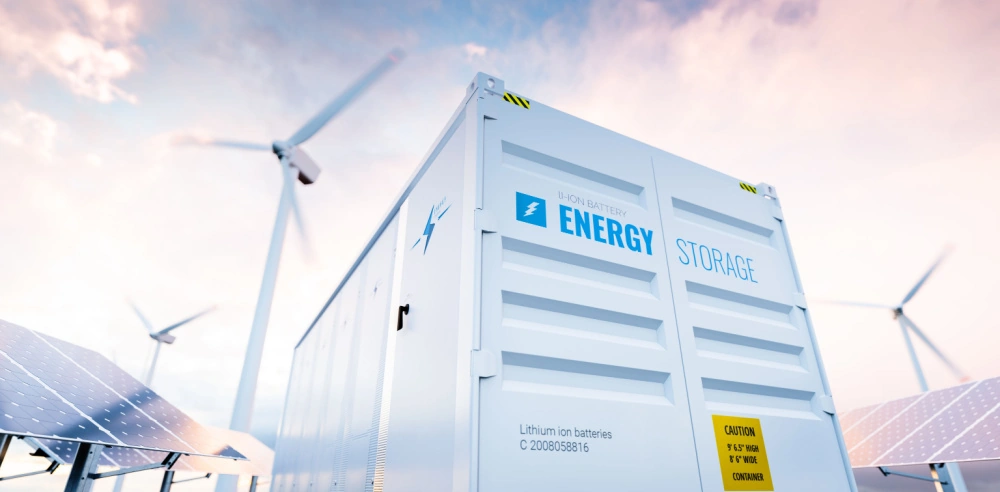




| Cookie | Duration | Description |
|---|---|---|
| CookieControl | 7 years 8 months 1 day | This cookie is set by the Civic UK Cookie Control and is used to remember a user’s choice of cookies on the website. |
| cookielawinfo-checkbox-advertisement | 1 year | Set by the GDPR Cookie Consent plugin, this cookie is used to record the user consent for the cookies in the "Advertisement" category . |
| cookielawinfo-checkbox-analytics | 11 months | This cookie is set by GDPR Cookie Consent plugin. The cookie is used to store the user consent for the cookies in the category "Analytics". |
| cookielawinfo-checkbox-functional | 11 months | The cookie is set by GDPR cookie consent to record the user consent for the cookies in the category "Functional". |
| cookielawinfo-checkbox-necessary | 11 months | This cookie is set by GDPR Cookie Consent plugin. The cookies is used to store the user consent for the cookies in the category "Necessary". |
| cookielawinfo-checkbox-others | 11 months | This cookie is set by GDPR Cookie Consent plugin. The cookie is used to store the user consent for the cookies in the category "Other. |
| cookielawinfo-checkbox-performance | 11 months | This cookie is set by GDPR Cookie Consent plugin. The cookie is used to store the user consent for the cookies in the category "Performance". |
| CookieLawInfoConsent | 1 year | Records the default button state of the corresponding category & the status of CCPA. It works only in coordination with the primary cookie. |
| viewed_cookie_policy | 11 months | The cookie is set by the GDPR Cookie Consent plugin and is used to store whether or not user has consented to the use of cookies. It does not store any personal data. |
| Cookie | Duration | Description |
|---|---|---|
| bcookie | 2 years | LinkedIn sets this cookie from LinkedIn share buttons and ad tags to recognize browser ID. |
| bscookie | 2 years | LinkedIn sets this cookie to store performed actions on the website. |
| lang | session | LinkedIn sets this cookie to remember a user's language setting. |
| lidc | 1 day | LinkedIn sets the lidc cookie to facilitate data center selection. |
| UserMatchHistory | 1 month | LinkedIn sets this cookie for LinkedIn Ads ID syncing. |
| Cookie | Duration | Description |
|---|---|---|
| _ga | 2 years | The _ga cookie, installed by Google Analytics, calculates visitor, session and campaign data and also keeps track of site usage for the site's analytics report. The cookie stores information anonymously and assigns a randomly generated number to recognize unique visitors. |
| _ga_8FBMLQP5H9 | 2 years | This cookie is installed by Google Analytics. |
| _gat_myTracker | 1 minute | A Google Analytics tracking cookie that sets a unique visitor ID, the date and time of the first visit, the start time of the active visit and the number of visits made by a visitor to the site. |
| _gcl_au | 3 months | Provided by Google Tag Manager to experiment advertisement efficiency of websites using their services. |
| _gid | 1 day | Installed by Google Analytics, _gid cookie stores information on how visitors use a website, while also creating an analytics report of the website's performance. Some of the data that are collected include the number of visitors, their source, and the pages they visit anonymously. |
| _hjAbsoluteSessionInProgress | 30 minutes | Hotjar sets this cookie to detect the first pageview session of a user. This is a True/False flag set by the cookie. |
| _hjFirstSeen | 30 minutes | Hotjar sets this cookie to identify a new user’s first session. It stores a true/false value, indicating whether it was the first time Hotjar saw this user. |
| _hjIncludedInPageviewSample | 2 minutes | Hotjar sets this cookie to know whether a user is included in the data sampling defined by the site's pageview limit. |
| _hjIncludedInSessionSample | 2 minutes | Hotjar sets this cookie to know whether a user is included in the data sampling defined by the site's daily session limit. |
| _hjTLDTest | session | To determine the most generic cookie path that has to be used instead of the page hostname, Hotjar sets the _hjTLDTest cookie to store different URL substring alternatives until it fails. |
| CONSENT | 2 years | YouTube sets this cookie via embedded youtube-videos and registers anonymous statistical data. |
| cusid | 30 minutes | ClickDimensions sets this cookie to establish and continue a user session with the site. |
| cuvid | 2 years | This cookie, set by ClickDimensions, is written to the browser upon the first visit to the site from that web browser. |
| cuvon | 30 minutes | ClickDimensions sets this cookie to store the last time a visitor viewed a page. |
| Cookie | Duration | Description |
|---|---|---|
| _fbp | 3 months | This cookie is set by Facebook to display advertisements when either on Facebook or on a digital platform powered by Facebook advertising, after visiting the website. |
| fr | 3 months | Facebook sets this cookie to show relevant advertisements to users by tracking user behaviour across the web, on sites that have Facebook pixel or Facebook social plugin. |
| VISITOR_INFO1_LIVE | 5 months 27 days | A cookie set by YouTube to measure bandwidth that determines whether the user gets the new or old player interface. |
| YSC | session | YSC cookie is set by Youtube and is used to track the views of embedded videos on Youtube pages. |
| yt-remote-connected-devices | never | YouTube sets this cookie to store the video preferences of the user using embedded YouTube video. |
| yt-remote-device-id | never | YouTube sets this cookie to store the video preferences of the user using embedded YouTube video. |
| Cookie | Duration | Description |
|---|---|---|
| _hjSession_1667891 | 30 minutes | No description |
| _hjSessionUser_1667891 | 1 year | No description |
| AnalyticsSyncHistory | 1 month | No description |
| JoP_SGM-bYTR | 1 day | No description |
| jUspEKvx | 1 day | No description |
| li_gc | 2 years | No description |
| VK-bxnJ | 1 day | No description |
| zkxqriGyJLZ | 1 day | No description |

